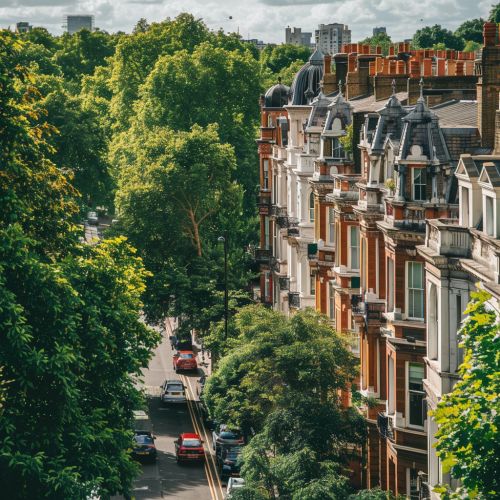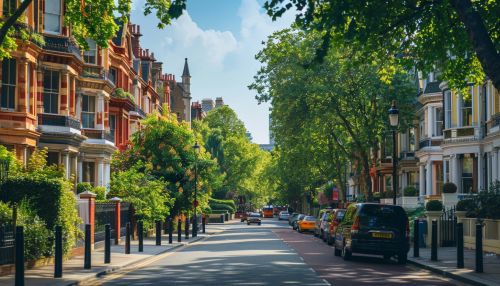Hyde Park, Chicago
History
Hyde Park, located on the South Side of Chicago, has a rich and diverse history. The area was originally settled by the Potawatomi tribe, before being incorporated into the city of Chicago in 1853. The neighborhood's development was greatly influenced by the World's Columbian Exposition of 1893, which was held in Hyde Park and brought significant attention and investment to the area.
In the early 20th century, Hyde Park became a hub for intellectual and cultural activity, largely due to the establishment of the University of Chicago in 1890. The university has since played a key role in the neighborhood's development, contributing to its reputation as a center for academic excellence and innovative thinking.
During the mid-20th century, Hyde Park experienced significant demographic changes, becoming one of the first urban neighborhoods in the United States to successfully integrate racially. This was largely due to the efforts of the Hyde Park-Kenwood Community Conference, which worked to promote racial integration and prevent white flight.


Geography
Hyde Park is bounded by 51st Street to the north, Midway Plaisance to the south, Washington Park to the west, and Lake Michigan to the east. The neighborhood's eastern boundary is characterized by its scenic lakefront, which includes several popular beaches and parks. The western boundary, meanwhile, is marked by the expansive Washington Park, one of the largest parks in the city.
The neighborhood's geography is largely flat, with the exception of a few gentle hills near the lakefront. The area is characterized by its wide, tree-lined streets and diverse architectural styles, which range from Victorian-era mansions to modern high-rise apartments.
Demographics
As of the 2010 census, Hyde Park had a population of approximately 25,681. The neighborhood is known for its racial and ethnic diversity, with a significant proportion of African American, White, and Asian residents. The area also has a high concentration of students, faculty, and staff from the University of Chicago, contributing to its vibrant intellectual and cultural life.
Education
Hyde Park is home to several notable educational institutions, most prominently the University of Chicago. The university is consistently ranked among the top universities in the world and is known for its rigorous academic programs and distinguished faculty, which includes numerous Nobel laureates.
In addition to the university, Hyde Park also houses several highly regarded public and private schools. These include the Hyde Park Academy High School, a public school known for its strong academic and athletic programs, and the University of Chicago Laboratory Schools, a private school affiliated with the university.
Culture
Hyde Park boasts a rich cultural scene, with numerous museums, galleries, and performance venues. The neighborhood is home to the Museum of Science and Industry, one of the largest science museums in the world, as well as the DuSable Museum of African American History, the first museum of its kind in the United States.
The neighborhood also hosts several annual cultural events, including the Hyde Park Jazz Festival and the 57th Street Art Fair. Additionally, Hyde Park is known for its vibrant literary scene, with several independent bookstores and a strong tradition of literary salons.
Transportation
Hyde Park is served by several major transportation routes, including Lake Shore Drive, the Dan Ryan Expressway, and the Chicago Transit Authority's Green and Red Lines. The neighborhood also has several bus routes and is home to a Metra station, providing convenient access to downtown Chicago and other parts of the city.
